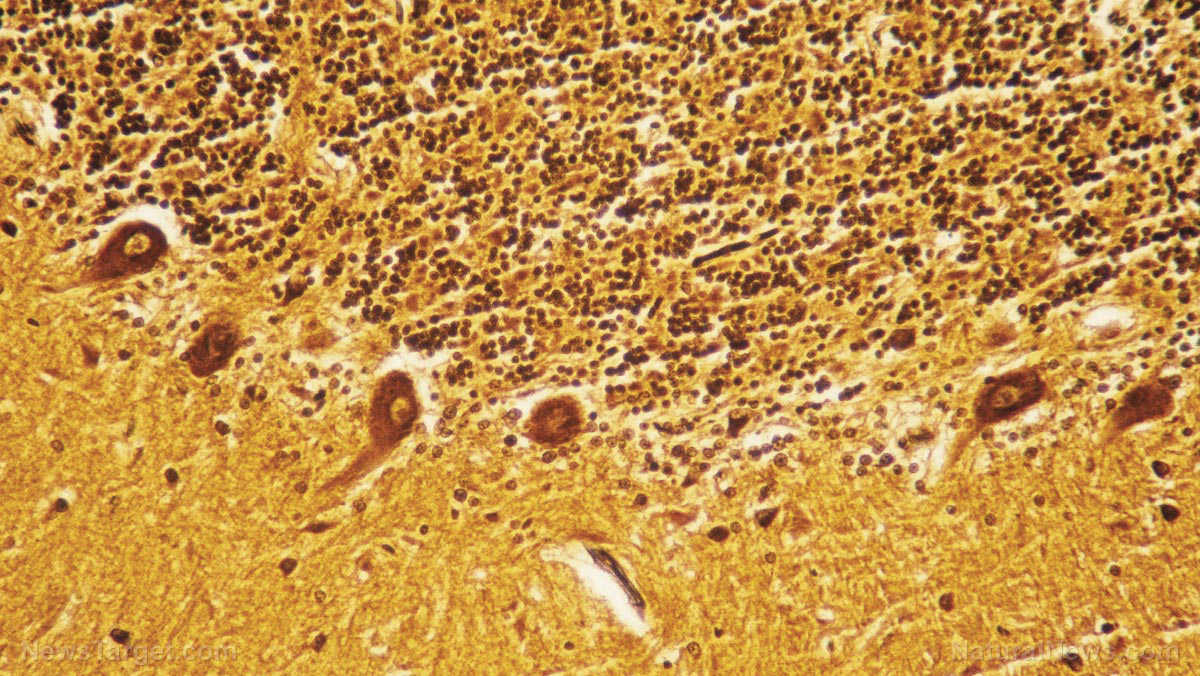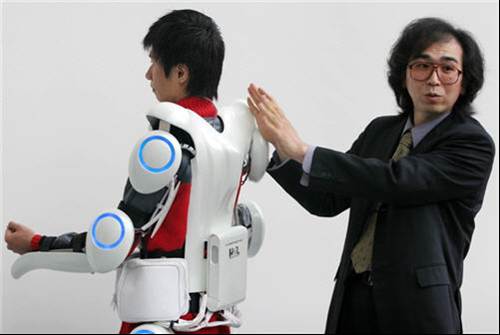Suicide, with benefits: Bizarre tech startup pitches “brain up-load” that kills you in the process
04/19/2018 / By Lance D Johnson

A controversial startup company is looking to harvest fresh human brains. The company is called Nectome and the founders are already preying upon the suicidal, the terminally ill and those who are willing to sacrifice their lives for “science.”
The company claims they can preserve your brain so it can be uploaded to the cloud in the future. In order for the company to stay in business, they must promote suicide, but with benefits. The technology uses a sophisticated embalming process to preserve a person’s brain so it can be uploaded to a data server in microscopic detail, synapse by synapse.
The goal is to recreate a person’s brain, to potentially reconstruct memories, understand personalities, and relay wisdom from experiences. Nectome’s website asks, “What if we told you we could back up your mind?” The only catch is that the operation is fatal. The procedure requires fresh brains and will have to prey upon people with terminal illness or people seeking physician-assisted suicide.
Nectome cofounder and MIT graduate Robert McIntyre will be pitching the idea to investors at YC’s “demo days.” The company has already been awarded a federal grant of nearly $1 million from the National Institute of Mental Health. Nectome’s founders have begun working with MIT neuroscientist Edward Boyden who has demonstrated a way to preserve a pig brain and detail every synapse on a computer model.
Nectome’s founders have already demonstrated that their technique can work. They were able to preserve an elderly woman’s brain 2.5 hours after her death using aldehyde-stabilized cryopreservation. The procedure took roughly six hours and the brain was cut into paper-thin sheets so it could be imaged with an electron microscope. They effectively demonstrated they can preserve an entire brain at the nanometer level, detailing the entire web of synapses that connect neurons. By detailing this connectome, including billions of brain cells and the thousands of neurons that interact with one another, Nectome can bring a dead brain back to life again, in a computer. In this way, information can be retrieved from the brains of the deceased.
In order for the procedure to work, the company must acquire fresh brains. In a state where euthanasia is legal, patients may elect to die so their brain can be preserved. A patient who is told they have an untreatable illness could elect to lay down on the operating table and have their brain pumped full of embalming chemicals. The suicidal patient would be hooked up to a heart-lung machine and put under general anesthesia, as the carotid arteries in their neck are pumped full of embalming fluids. The procedure would be legal in California, where the End of Life Option Act gives patients the option to choose physician-assisted suicide.
Some people, afraid of being forgotten forever, will come to believe in the technology so they can be remembered in some way, shape, or form. A patient’s fear of death may be consoled if they believe that their brain was being preserved for a future time. The entire process is controversial, promising transhumanists a way to resurrect as avatars in computers while encouraging people to give up their lives in the name of science. Initiatives like these may also encourage healthcare providers to essentially give up on some patients in order to profit off their organ donation. There will be no reason to rescue or heal a patient if their brain donation is more profitable.
The procedure is essentially a depopulation scheme. Nectome’s founders are even creating a waiting list for prospective customers. To join the list, customers must put down a fully refundable $10,000 deposit. At least twenty-five people have signed up. One of the prospective customers is a 32-year-old investor who believes that all brains will eventually be uploaded to the cloud in his lifetime.
For more weird science news, visit WeirdScienceNews.com or MedicalViolence.com.
Sources include:
Tagged Under: brain harvesting, brain scan, depopulation scheme, embalming, euthanasia, fear of death, organ donation, organ harvesting, physician assisted suicide, suicide, synapse, transhumanism, weird science




















